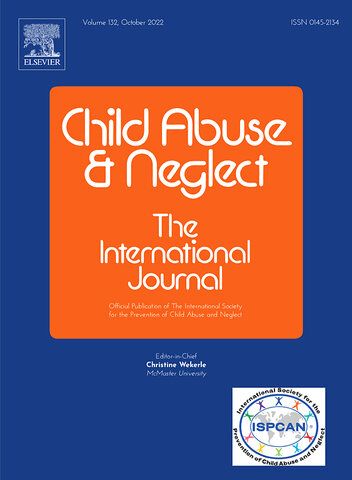Background
Debates exist regarding whether foster youth should be asked about their placement preferences following removal, with only youth aged 12 years and older at times assumed legally competent to provide input.
Objectives
The present study evaluated whether placement-related factors known to predict youth's well-being also shape their placement preferences and whether preferences differ between youth below and above the age at which they are considered legally competent to provide input.
Method
Data (N = 1033, ages 6–17 years, 54 % female) were obtained from NSCAW-I. Youth were asked open- and closed-ended questions about their placement preferences.
Results
Among youth removed for shorter periods, placement with kin was related to a greater preference for their current placement (RRR = 0.31, p < .001) and desire for permanency in that placement (OR = 1.95, p = .005) relative to youth placed with non-kin. However, youth removed for longer periods (e.g., a year) were similar in their desires for their current placement to be permanent regardless of whether they were living with kin or non-kin caregivers. Among younger youth, placement with siblings (RRR = 0.42, p = .015) was linked to a preference for their current placement. Racial match between youth and their non-kin caregiver was unrelated to their placement preferences.
Conclusions
Findings revealed that both younger and older youth's placement preferences were shaped by factors objectively linked to youth's well-being and thus align with best practices in placement decisions. The paper discusses the importance of asking youth as young as 6 years about their placement preferences and offers suggestions for social service and legal professionals regarding questioning strategies.

